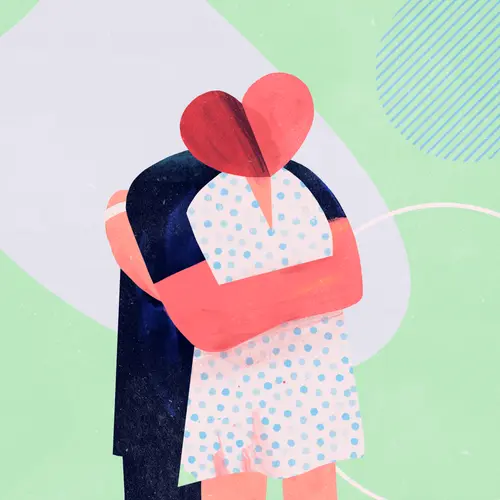Great strides have been made in the understanding of pain and its treatment in the last decade. Pain that was once considered hopeless is now manageable.
Medical evidence proves that many of the beliefs about pain and pain relief are false. Here's what experts say you should know about five of the most common pain relief myths.
Pain Relief Myth 1: No Pain, No Gain.
This myth persists among bodybuilders and weekend athletes. Yet there is no evidence to support the notion that you can build strength by exerting muscles to the point of pain. A related belief, "Work through the pain," is also mistaken. Resting to repair muscles and bring pain relief might not be macho, but it's a smart thing to do. You may also need to modify your exercise routine with cross training; lighter, more frequent workouts; and proper shoes.
Pain Relief Myth 2: It's All In My Head.
Pain is a complex problem, involving both the mind and the body. For instance, back pain has no known cause in most cases, and stressful life events can make it worse. But that doesn't mean it isn't real. Pain is an invisible problem that others can't see, but that doesn't mean it's all in your head.
Pain Relief Myth 3: I Just Have to Live with the Pain.
There are countless options for pain relief. They include relaxation techniques, exercise, physical therapy, over-the-counter and prescription medications, surgery, injections (into muscle, joints or your back), and complementary treatments such as acupuncture and massage. It may not always be possible to completely get rid of your pain, but you can use many techniques to help manage it much better.
Pain Relief Myth 4: Only Sissies Go to the Doctor for Pain Relief.
Older adults are more prone than their kids or grandkids to "grin and bear it." Enduring the occasional headache or minor sports injury is one thing. But putting up with chronic pain can impair functioning and quality of life. It can lead to depression, fatigue from loss of sleep, anxiety, inability to work, and impaired relationships.
Most pain can be treated effectively and should be. If you are suffering from pain, you owe it to yourself to make an appointment with your doctor. Relief may be just around the corner.
Pain Relief Myth 5: Pain Medication Will Fix the Problem
Health care providers begin with a conservative approach to pain relief and prescribe non-narcotic pain-relief medications, which are not addictive. Doctors may prescribe narcotics, such as codeine and morphine, if pain becomes severe, such as when treating cancer pain.
Remember pain can be a chronic condition like any other and may be a lifelong problem that requires lifelong lifestyle changes.

